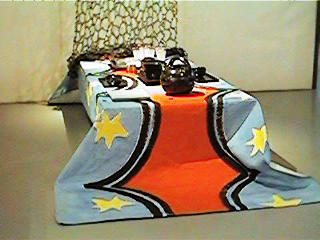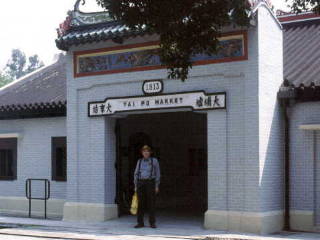|
This book was published in 2004 and went out of
print in late 2010. It was then made available here for download at no charge
in pdf format files
Part of this book was written in a housing
development which was equipped with state of the art communication technology
in the nineteen seventies. A cable TV and radio distribution system delivered
two hours of black and white television programming each week from a community
studio within the Fishermead estate, Milton Keynes.
For more than thirty years the system was not upgraded, in part
due to changes in ownership and related legal issues. By the time digital cable
arrived, many of the residents of the area had been enjoying a bewildering
choice of programming delivered by direct satellite broadcasting for
years.
The shift from wired to wireless delivery, in
particular the domestication of the military invention of the artificial earth
orbit satellite, has transformed the availability and distribution of
information and communication resources.
This book addresses the consequences of the shift
from hierarchical to essentially disintermediated systems of delivery. It is
concerned with the balance between the constraints imposed by design
decision-making in technical and social artifacts, and the space for those
outside the initial decision loop to occupy and modify those design
spaces.
The book is divided into three parts, these are set out below, with links to individual files.
The whole book is also available as a single pdf file (1.5Mb)
here.
The foreward and contents, with hyperlinks to individual chapters, can be downloaded
here (28kb pdf format).
The bibliography can be downloaded
here (93kb pdf format) |




